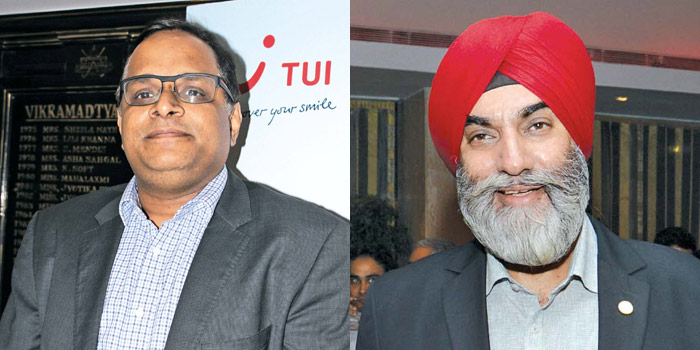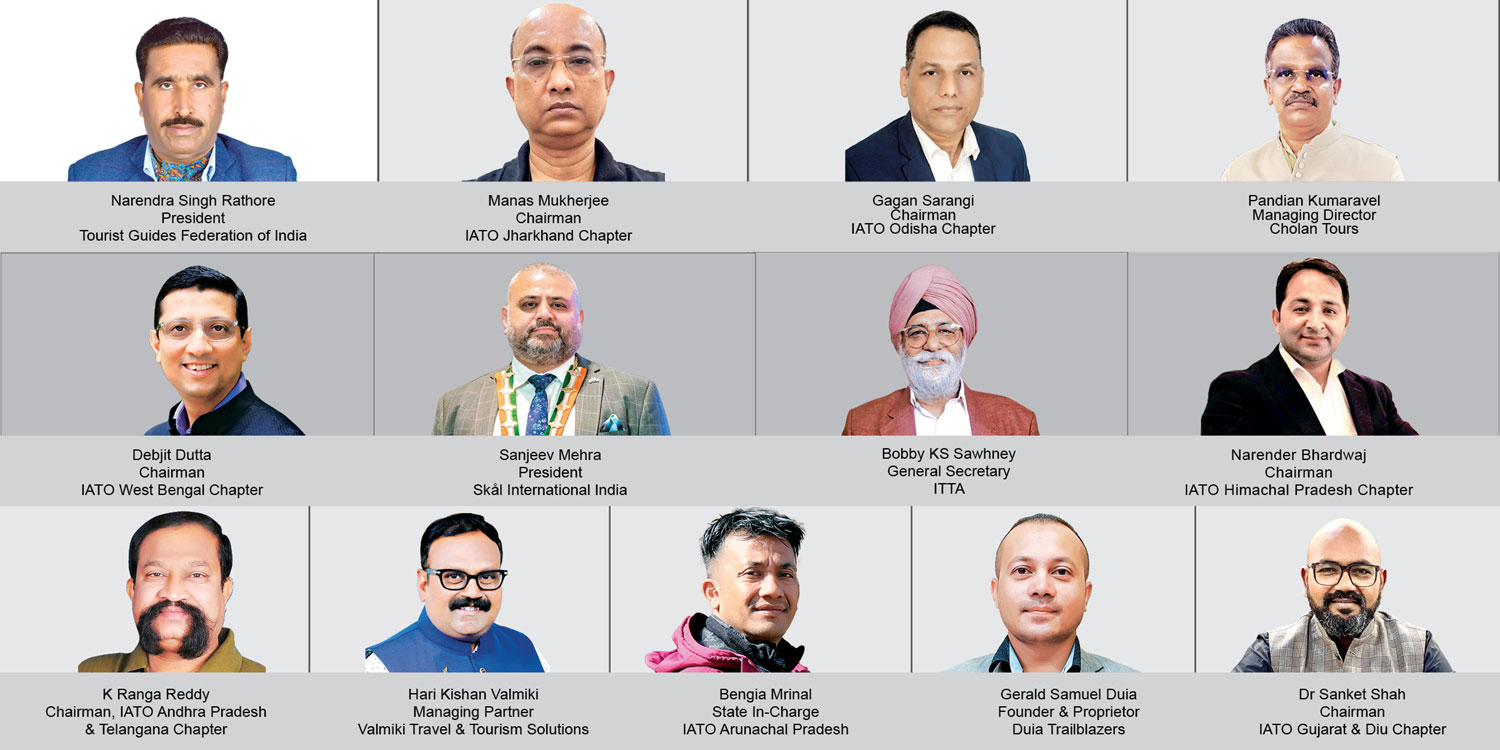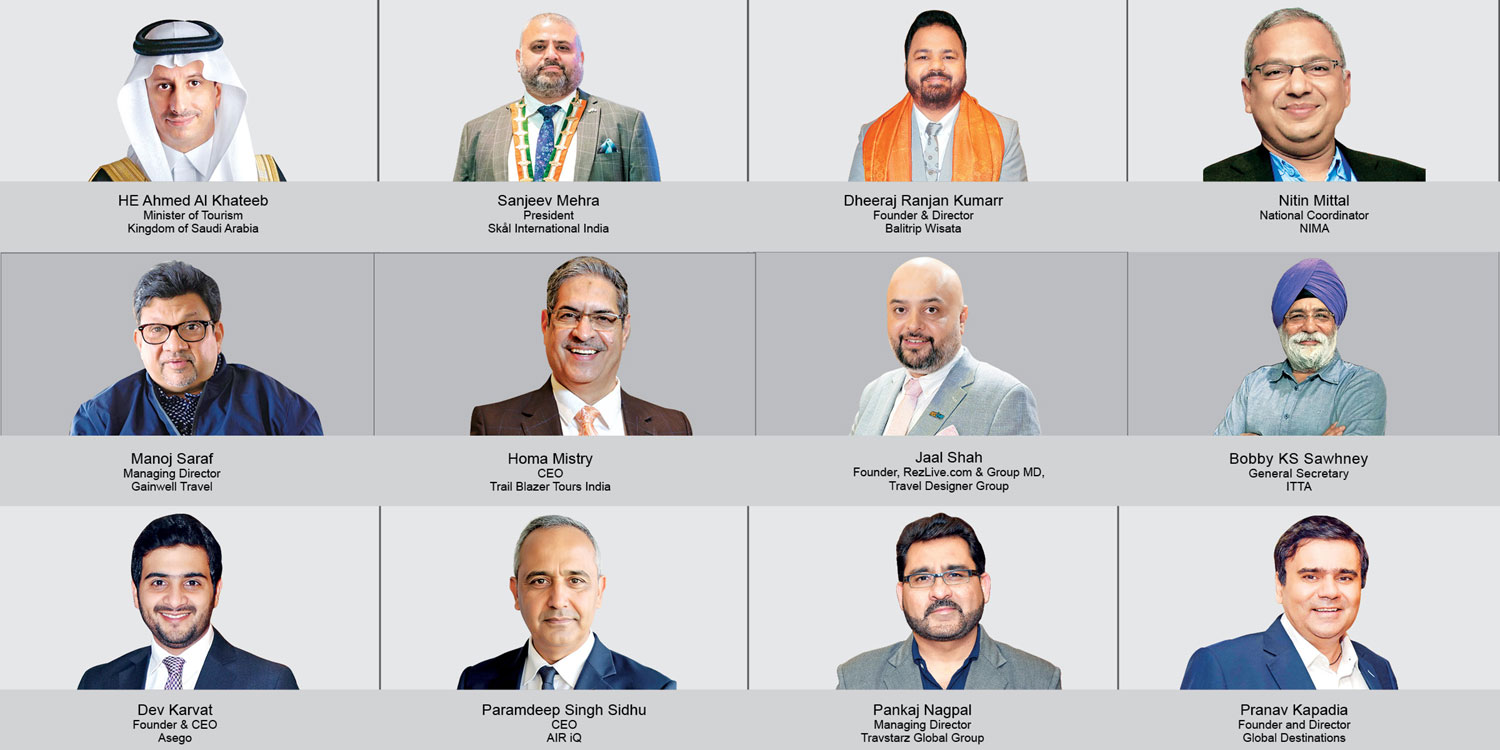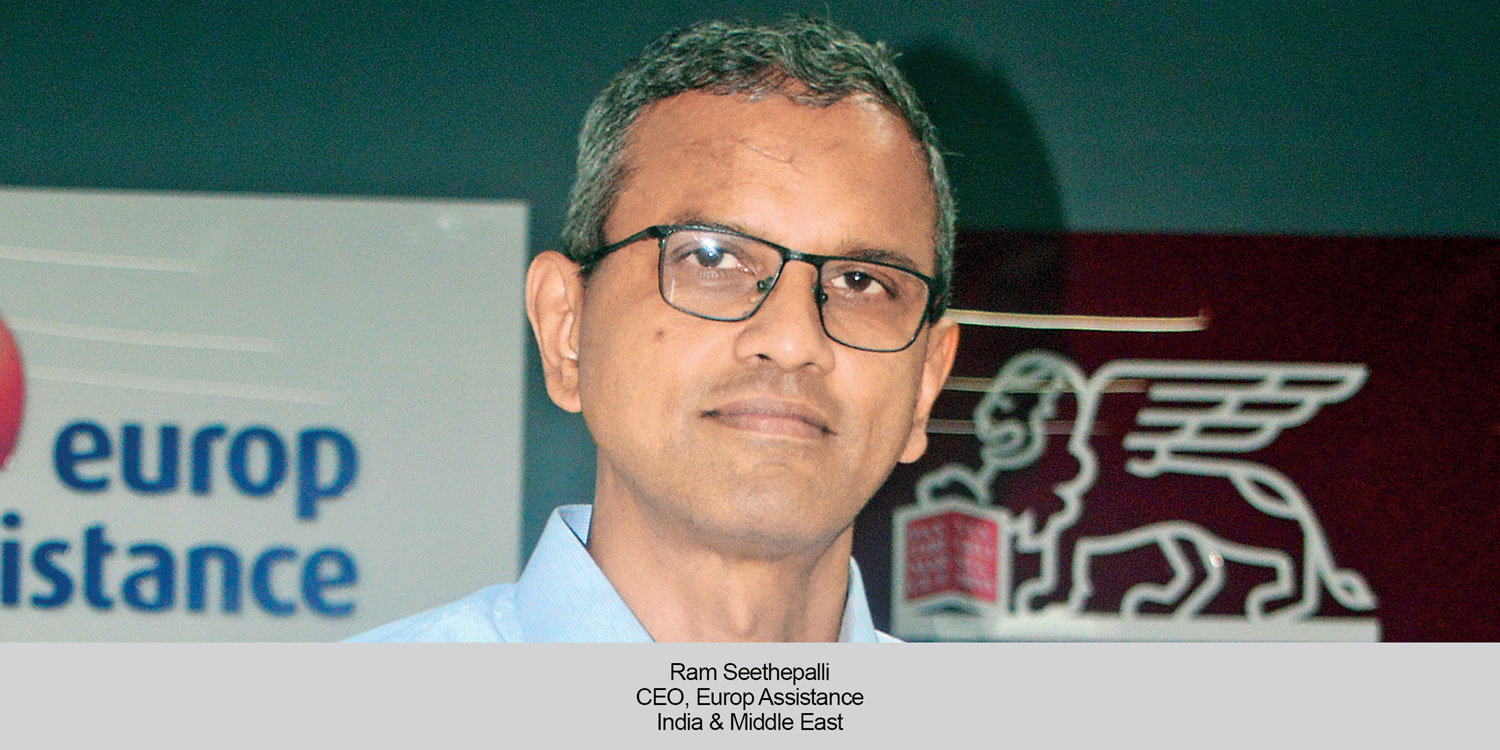Whether it’s Oktoberfest in Munich, Dubai Shopping Festival, La Tomatina in Buñol (Spain), or Tomorrowland, Indian travellers are experiencing it all. While there is no exact number of Indians travelling abroad to be a part of this jamboree, the travel industry points out an increase in demand among Indians for travelling for festivals across the globe.
TUI India categorises this segment of travel as the ‘variety seeker,’ which includes travellers agedbetween 25-35 years and primarily from the metros. This travel segment is currently the fastest growing segment for TUI India. Vishal Sinha, CEO, TUI India, says, “We have witnessed a growth of 20 per cent (in North India) with respect to festival/eventbased holidays. The base is still quite small; however we do see a major shift in terms of travel that is suited to one’s expression of individuality and interests. These travellers have high monthly household income of over $1500 and are experienced travellers who are now looking for an immersive and unique travel experience.”
B.A. Rahim, Group Director and CEO, Akquasun, points out, “During festival seasons and historic events abroad, we handle minimum of 30 per cent more pax at our destinations.”
Popular Festivals
Guldeep Singh Sahni, President, Outbound Tour Operators Association of India (OTOAI), observes that festivals like Dubai Shopping Festival, Malaysia Shopping Festival, Oktoberfest, La Tomatina, Calgary Stampede and Carnaval in Brazil are trending amongst Indian travellers. “The most widelytravelled tourists opt for such holidays and generally plan in advance,” says Sahni.
TUI India has seen clear segments emerging out of travel requests. Sinha informs that these segments are global festivals and cultural events. La Tomatina festival and the Running of the Bulls at the festival of San Fermínin Spain have gained a lot of popularity post release of the Bollywood film, Zindagi Na Milegi Dobara. Oktoberfest is a favourite amongst the younger/backpacking traveller. “We have also seen younger travellers heading to the Boryeong Mud Festival in South Korea. Chinese New Year festival sees a surge of quick indulgers between 25-40 years who frequent destinations like Hong Kong, China and other South East Asian destinations. Japan is particularly famous for Cherry Blossom season,” says Sinha.
Rahim notes that music festivals such as Tomorrowland in Belgium and Coachella in California, USA, are gaining popularity among Indians. Being a cricket loving nation, the Cricket World Cup remains a big attraction for sports enthusiasts. “However, some key emerging sports events like Formula One races, Wimbledon and Australian Open have a niche but growing base,” Sinha says, adding that last year there was an increase in queries during the Olympicsin Brazil. IPL finale has always seen the movement of domestic travellers, points out Sinha. “Runcations or holidays combined with marathon participation is a segment that we follow. We have seen marathon runners travelling to Thailand, New York, Boston, Paris, Germany and Japan.”
Duration of Stay
Travellers plan their holidays centered on key events and extend their stay to explore multiple cities. Sahni informs that the average duration of stay of such travellers is 7-10 days while Rahim observes that out of seven nights, three nights are dedicated for the particular event which is extended to four more nights for local sightseeing.
Average Spend
The average spend by this segment is much higher than other outbound travellers, notes Sinha, as the airfare and accommodation tends to be higher during such global events. “The post event stay also increases the cost.The average spend per day is $180 which does not include the air tickets,” Sinha adds. According to Sahni, the average spending capacity of such travellers is $4000-5500.
Challenges & Way Forward
“Due to high airfares and costly entry passes to global events, the overall cost tends to dissuade many travellers from going on festival trips. This can be tackled through working with the tourism boards and key hotels to provide an all-inclusive value for money package. Travel companies would need to invest in training the front-line staff to pitch these events while working towards creating off-the-shelf festival packages,” Sinha says.
The industry deliberates that festival tourism needs to be rebranded from a niche segment to a more inclusive and larger segment of FIT travel and education and accessibility are the two key areas that can drive this segment. Sahni feels that films, TV promos, special TV programmes, print ads, social media content and market awareness along with educational programmes for the travel industry will boost this segment of travel.
 TravTalk India Online Magazine
TravTalk India Online Magazine





